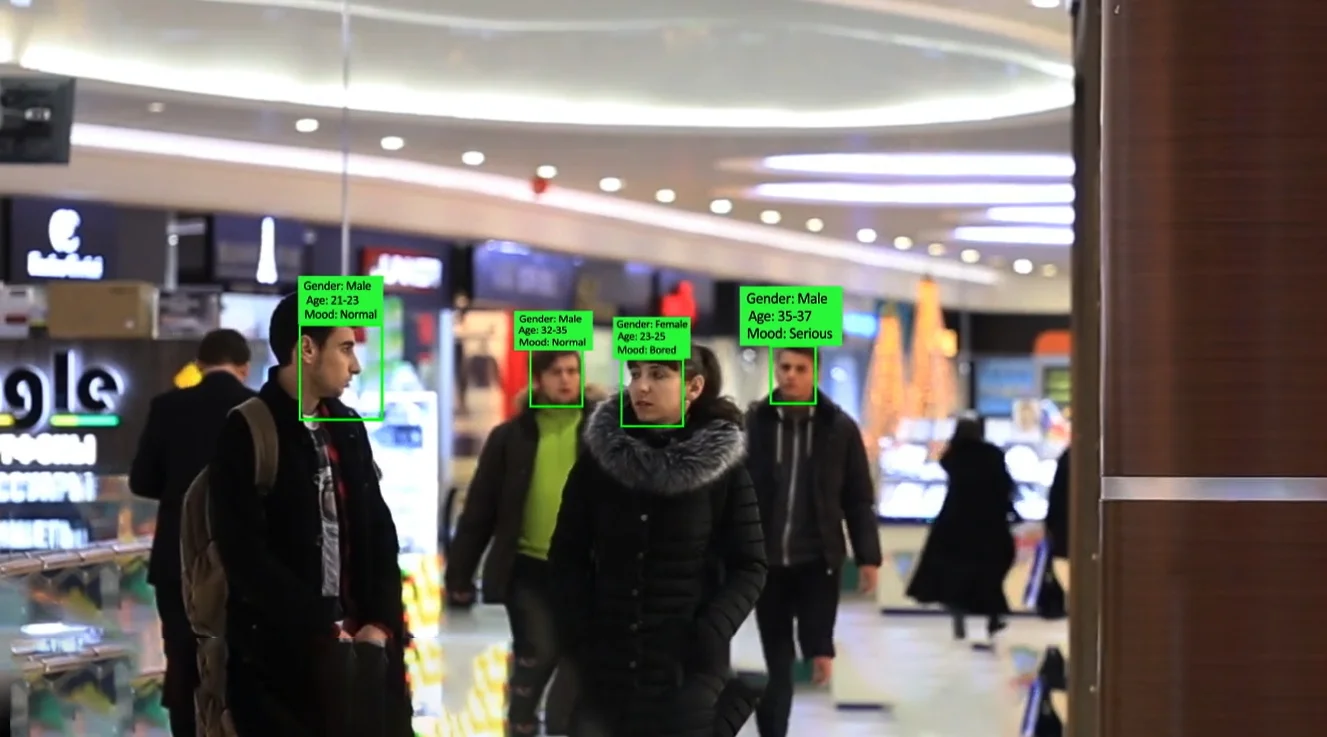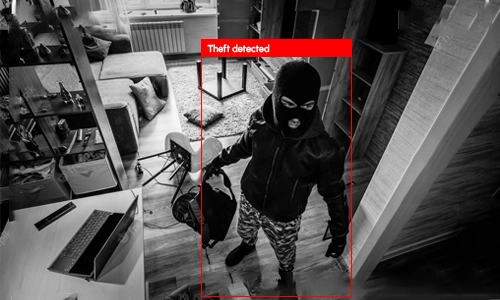Modern video surveillance systems not only help prevent theft and crime. Now with their help, you can increase profits, control employees, automate access to the territory, and solve other problems. The fact is that video surveillance now has an additional feature – Video Analytics Solutions.
What is video analytics and why is it needed?

Previously, in order to monitor the business, employees had to continuously watch broadcasts from cameras. However, the observer may miss something important: theft, damage to property, or a visit from a regular customer. What to do if there is only one operator, but there are several dozen cameras on the sales floor? It is impossible to monitor all devices at the same time, and hiring staff is expensive and irrational.
It is more convenient to use Retail Video Analytics Solutions – this is special software that analyzes the data stream from video cameras and automatically recognizes a programmed event. The systems can work with real-time broadcasts and video archives.

What are the types of video analytics systems?
Any video analytics system consists of two parts:
digital cameras that broadcast video;
software that processes and analyzes this information.
Depending on where the Video Analytics Software is located, systems can be designed differently. Three types of solutions are most often used.
Built-in video analytics- With digital IP cameras, video is stored and processed on the device itself. On the one hand, it’s convenient: you don’t need to connect cameras to a DVR or the cloud, and network bandwidth doesn’t matter.
On the other hand, built-in video analytics is limited by the capabilities of the camera: the archive volume is small and will quickly fill up. This type of infrastructure cannot be managed from one point: you will have to separately connect and configure each camera.
Server video analytics- Information from video cameras goes to a central server. There it is decoded and then fed to the video analysis modules. The advantage of the solution is its configuration flexibility: if necessary, you can develop and add new analytical functions.
It is worth considering that with this model, the business independently organizes and maintains the system: it buys equipment and licensed software and connects and configures it. Video analytics needs powerful equipment. If there are many cameras, the resources of one machine may not be enough. Then you will have to buy a more powerful server or additional boards.
Cloud video analytics– Cloud AI Video Analytics works on the same principle as the server one, with the difference that virtual computers are used instead of physical ones. The data stream from the cameras goes to the cloud server, which is located in the provider’s data center. There, the information is decoded and, in pre-processed form, is sent to modules that perform analysis and output the result to the user’s device.
The advantages of a cloud solution are that you do not need to buy and maintain your own equipment and you can connect an unlimited number of cameras to the CCTV Analytics Software. You can add new services and disable them with one click in your personal account – there is no need to buy licenses for analytics modules. A subscription fee is required for the service.